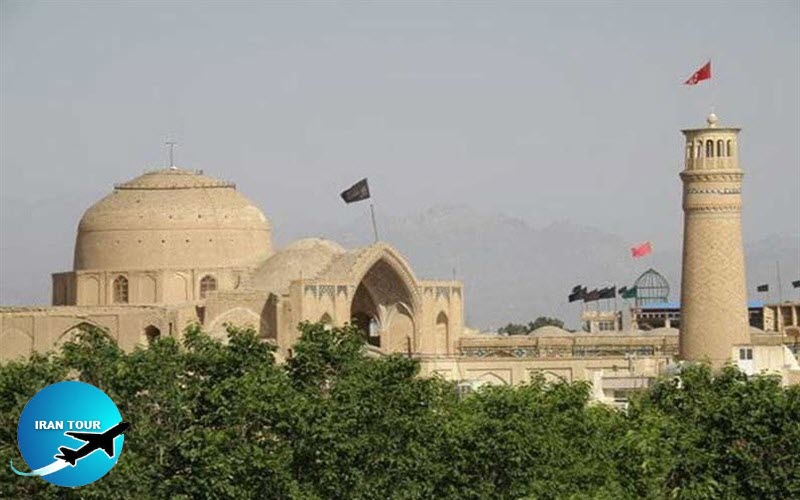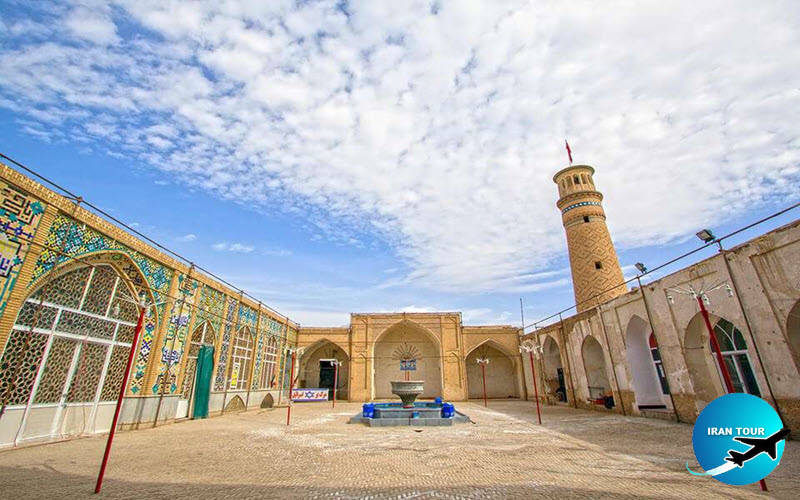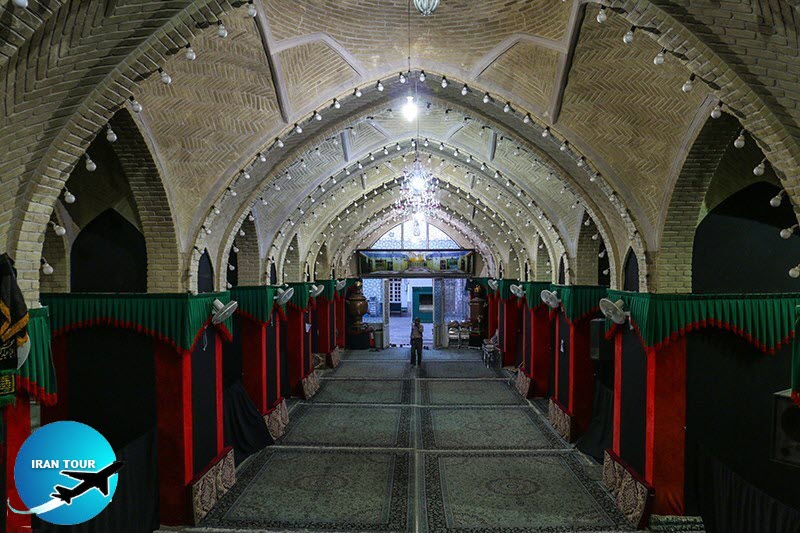Copyright 2020 - 2021 irantour.tours all right reserved
Designed by Behsazanhost
Congregational Mosque
Congregational Mosque
The Congregational Mosque is the oldest surviving historical building in Kashan and the most famous one after Agha Bozorg Mosque. Today, it is rather unimpressive, but its brick dome, lofty minaret, high Eivan, spacious courtyard, and vast prayer halls imply the mosque's former glory. The building seems to be of great antiquity. Archaeological investigations have revealed the existence of a fire temple on the site. This temple was converted into a mosque after the advent of Islam in Iran.
 |
The earliest relic that can be currently found in the building, however, does not date earlier than the Seljuk period. The brick minaret of the mosque, soaring in the southeastern corner of the courtyard, features a three-line Kufic inscription dated 1074, thus being the only known surviving and precisely dated Seljuk structure in Kashan.
 |
The mosque is based on a simple and rigid plan. An ablutions pool in the courtyard is in front of the Eivan leading to the domed sanctuary. There are also two prayer halls on the ground floor and another one in the basement. Curiously, the main sanctuary features two mihrabs. The larger, recently repaired, has remained from the Seljuk period. Its inscription is the verse from the Koran that announces Friday sermons are mandatory for Muslims. Thus, it may be presumed that the mosque was built especially for congregational prayers. The smaller mihrab features an inscription urging the Muslims to pray facing Mecca. It is different from the orientation of the larger Mihrab but pinpoints a more precise direction.
 |
The mosque has been repeatedly ruined and rebuilt in different periods. The major damage was caused by the earthquake in the year 1778. Afterward, however, the mosque was restored by the renowned Kashan ruler, Abdolrezaq, who carefully rebuilt the structure that had been almost completely destroyed. These repairs lasted for more than ten years as testified by the inscriptions that give the dates of both the beginning and the completion of the work. The plaster, painted inscriptions written in white Tholth script against an azure background also belong to this period.
- Details
- Category: KASHAN HISTORICAL SITES